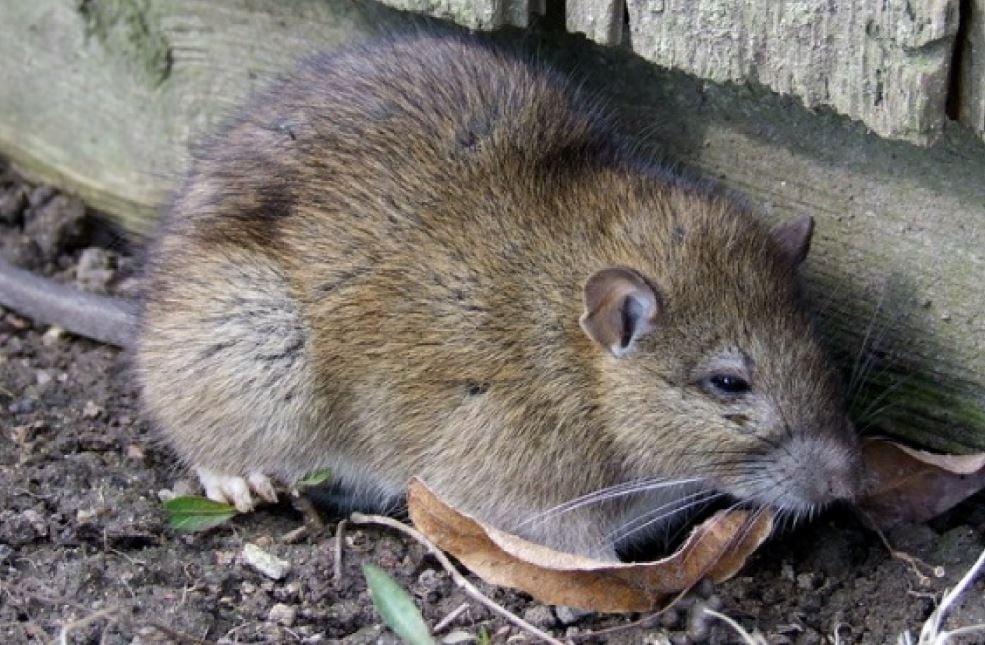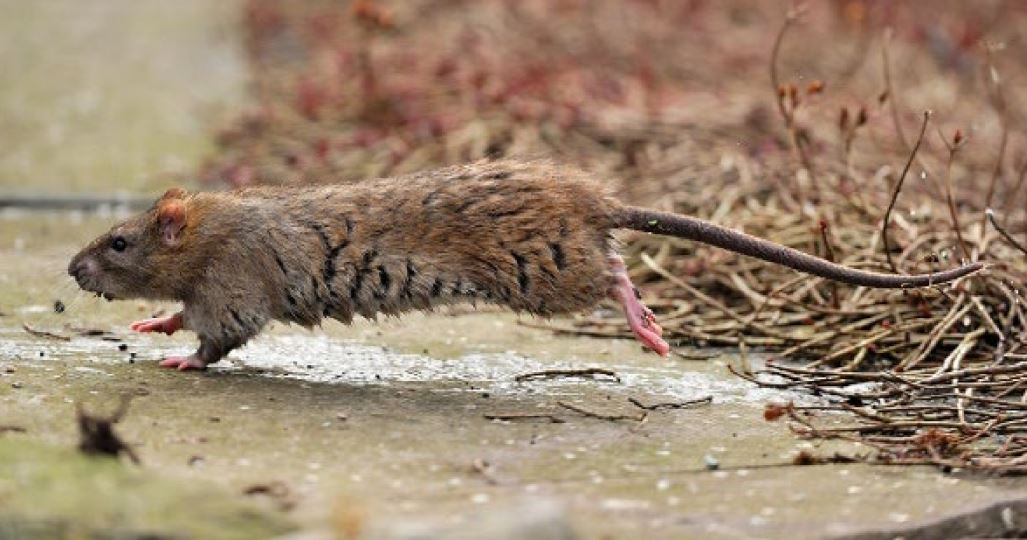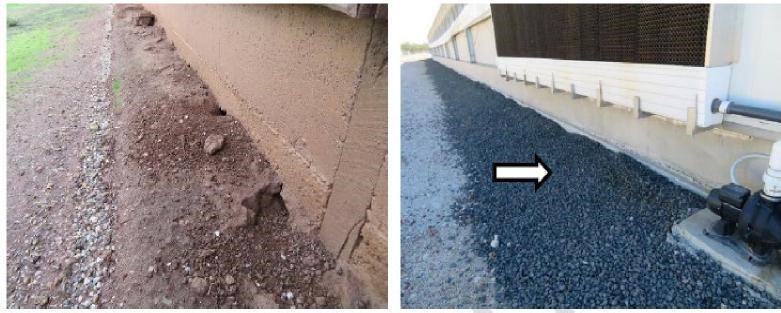Physical description
The brown rat (Rattus norvegicus), also known as a Norway or sewer rat, is mainly found along the coastal regions of southern and eastern Australia. Brown rats are common in urban and agricultural areas due to the availability of food and water, as well as shelter from predators.
Brown rats are slightly larger size than black rats, have a thicker stature, blunt snout, small eyes, and shorter tail than its head and body. Their fur is rough and shaggy, and varies in colour from brown to grey. Brown rat droppings are uniquely capsule shaped, are laid in groups and can be used to identify its presence on-farm.

Behavioural features
Brown rats are very intelligent, risk-averse and cautious animals. They will often wait several days before investigating new objects in their surroundings (i.e. bait stations, traps, new food sources). Norway rats feed mostly at night, emerging from their burrows at sunset and ranging up to 50 metres in search of food. Observations of rat activity during the day are a sign of a high local population that is driving competition for available food.
Brown rats build burrow systems underground, often along the edges of poultry sheds, where they build nests from scavenged materials and hoard food (including bait). This behaviour can result in bait being removed from bait stations and scattered around the farm. To stop this from happening, it is recommended that baits are fixed securely inside bait stations with wire, a tie-down or a skewer.

Diet
Brown rats have an omnivorous diet, which typically consist of fruit, nuts, grains and vegetables. They will also eat human waste, insects, small mammals, bird eggs and nestlings.
Norway rats can eat up to 30 grams of food per day and will get most of their water from the moisture in their food, although they need a source of fresh water to survive. If given a choice, rats will selectively eat feed instead of bait. Therefore, minimising access to food and water is an essential component of any rodent control program.
Lifespan and reproduction
Norway rats have a lifespan of 9–18 months. They reproduce rapidly, with 6 litters consisting of 7–12 rats produced each year. One Norway rat breeding pair can spawn more than 70 offspring in a calendar year. If not managed correctly, Norway rat populations can quickly escalate, increasing the likelihood of structural damage, feed losses and disease incidents.
Key facts for controlling Norway rats
- Visible burrows along the edges of sheds are a sign that Norway rats are present on your farm (see image below).
- Target Norway rats specifically by placing secure bait stations in areas of activity (shed perimeter, entrances and access points), routinely monitoring bait intake, and replenishing bait as required.
- Placing road base, gravel or bitumen around the perimeter of sheds can be an effective way to prevent burrowing (Colvin et al., 1996).
Rodenticides for Norway rats
- Baits containing second-generation rodenticides brodifacoum, bromadiolone, difethialone and flocoumafen are highly effective against Norway rats.
- Zinc phosphide is highly toxic to all rodents, but its use requires a permit and is generally recommended only during plagues.
- Baits containing the second-generation rodenticide difenacoum, first-generation rodenticides coumatetralyl, diphacinone and warfarin, and the acute toxin cholecalciferol are less effective because repeated feeding is required for a fatal dose.


